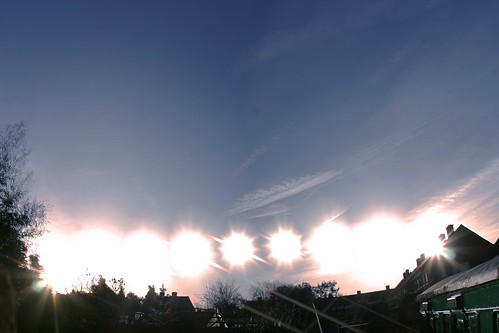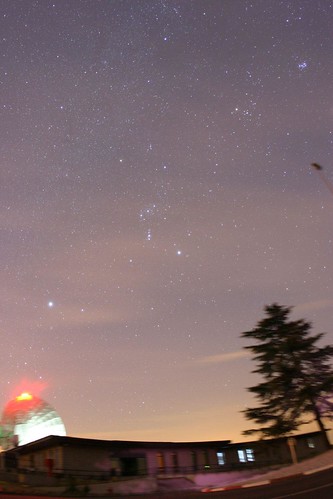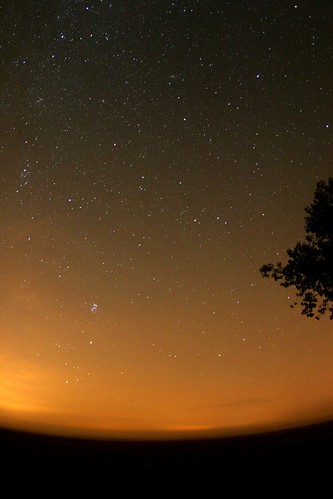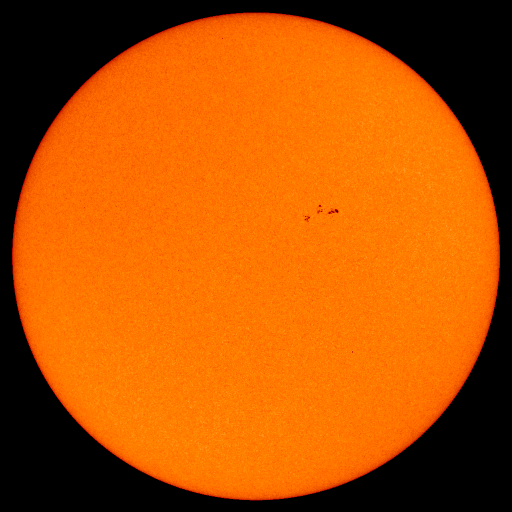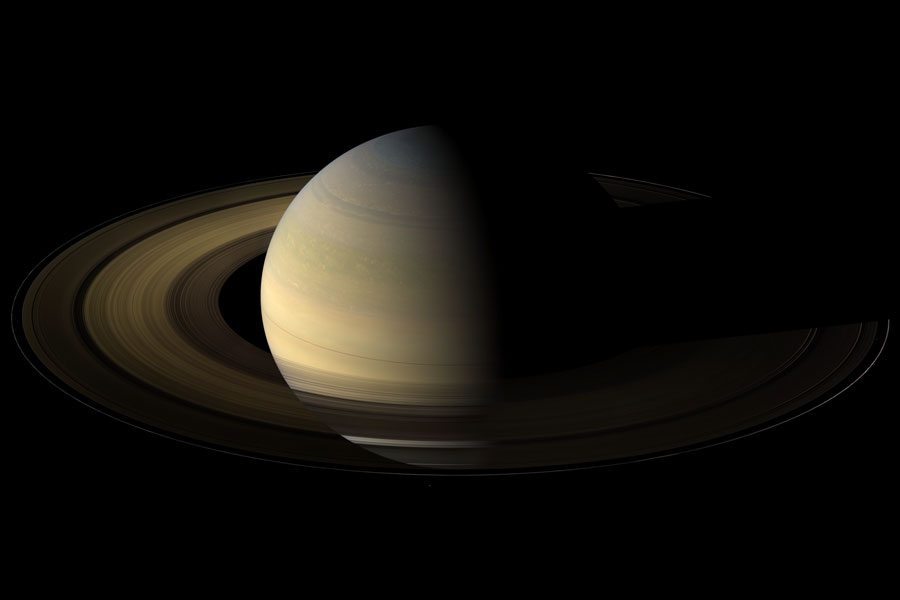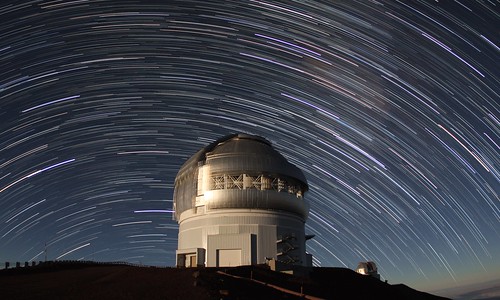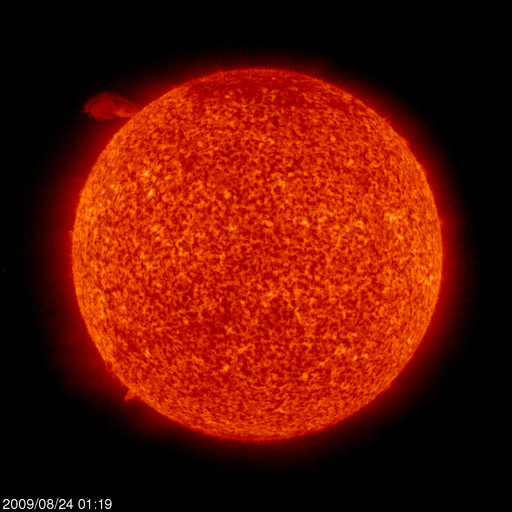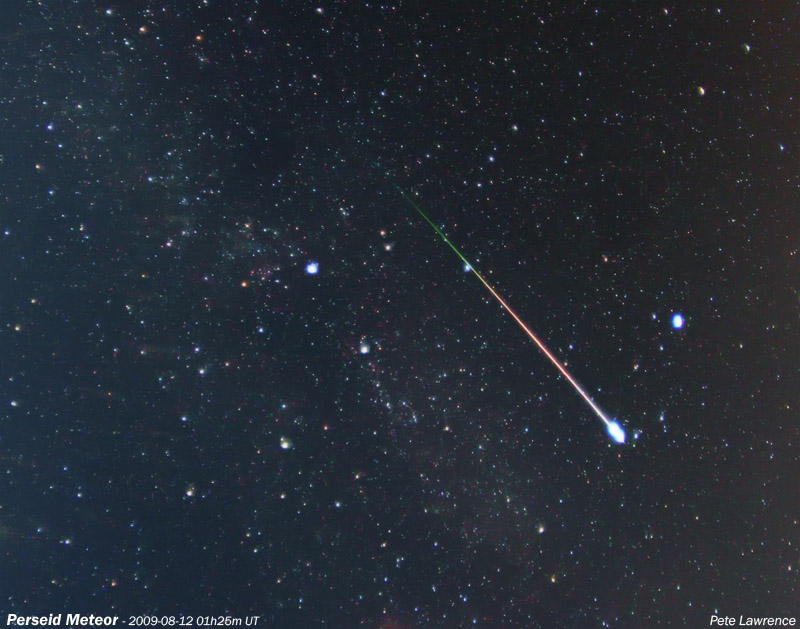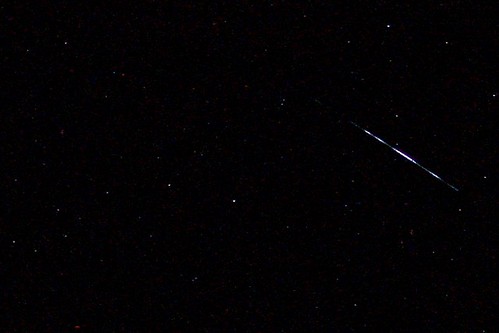One thing is for sure - the Full Moon will past through the shadow of the Earth on New Years' Eve. For about 30 minutes either side of 19:24GMT, the bottom right of the Moon will be dark-red in colour (looking similar to the photo below taken in 2006). The bottom-right of the moon will appear red due to sunlight passing through the Earth's atmosphere and hitting the Moon, and our atmosphere only allows red light to go straight through, which is also why sunsets are red.
Do take a look while you are preparing your New Year celebrations!
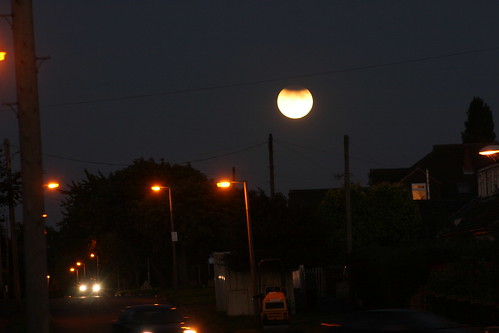
One thing that is not so sure - will the full Moon on the 31st also be a "Blue Moon"?
For sure, the Moon will not be the colour blue. But as with the expressions "Turned the air blue" or "Feeling blue", blue does not always refer to colour. And there is more confusion, since there are several definitions of "Blue Moon" in the English language.
The modern definition (thought to originate from an article in a 1946 article in the Sky & Telescope magazine) states that if a month has two full moon's, the second one is called a "Blue Moon". This definition is popular today probably due to its simplicity.
The older (pre-war) definition is that a "Blue Moon" is the third full Moon in a season with four. This is because each full moon has a name. For example, the full Moon in April in English Medieval times was known as the Seed Moon. If there was a second full moon in March, the Seed Moon would come too early for seeding crops, and so a "Blue Moon" was inserted and the following full-moon was called the "Seed Moon". So a "Blue Moon" was inserted to keep the names of all the other full moons synchronised.
Do enjoy the Full Moon of New Year's Eve - and why not go for a Blue Moon Walk to see in the New Year?


